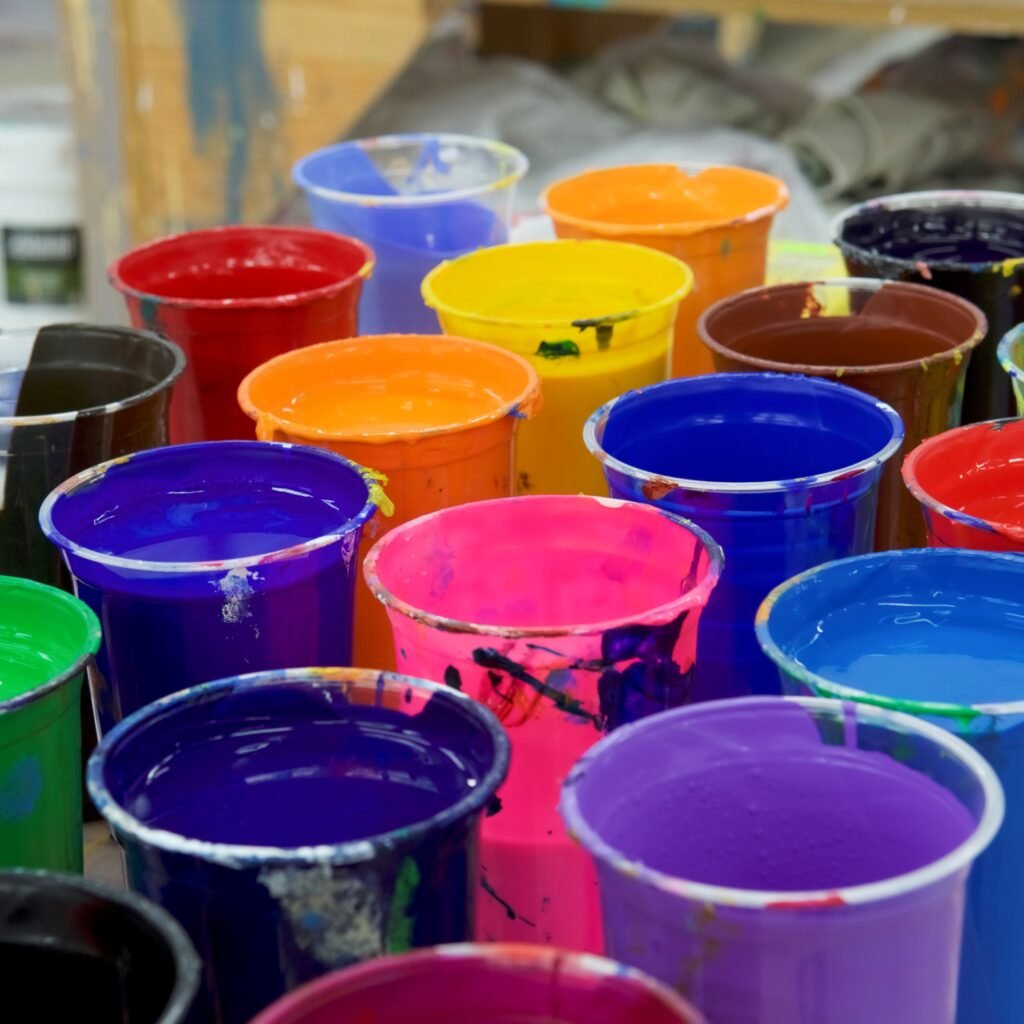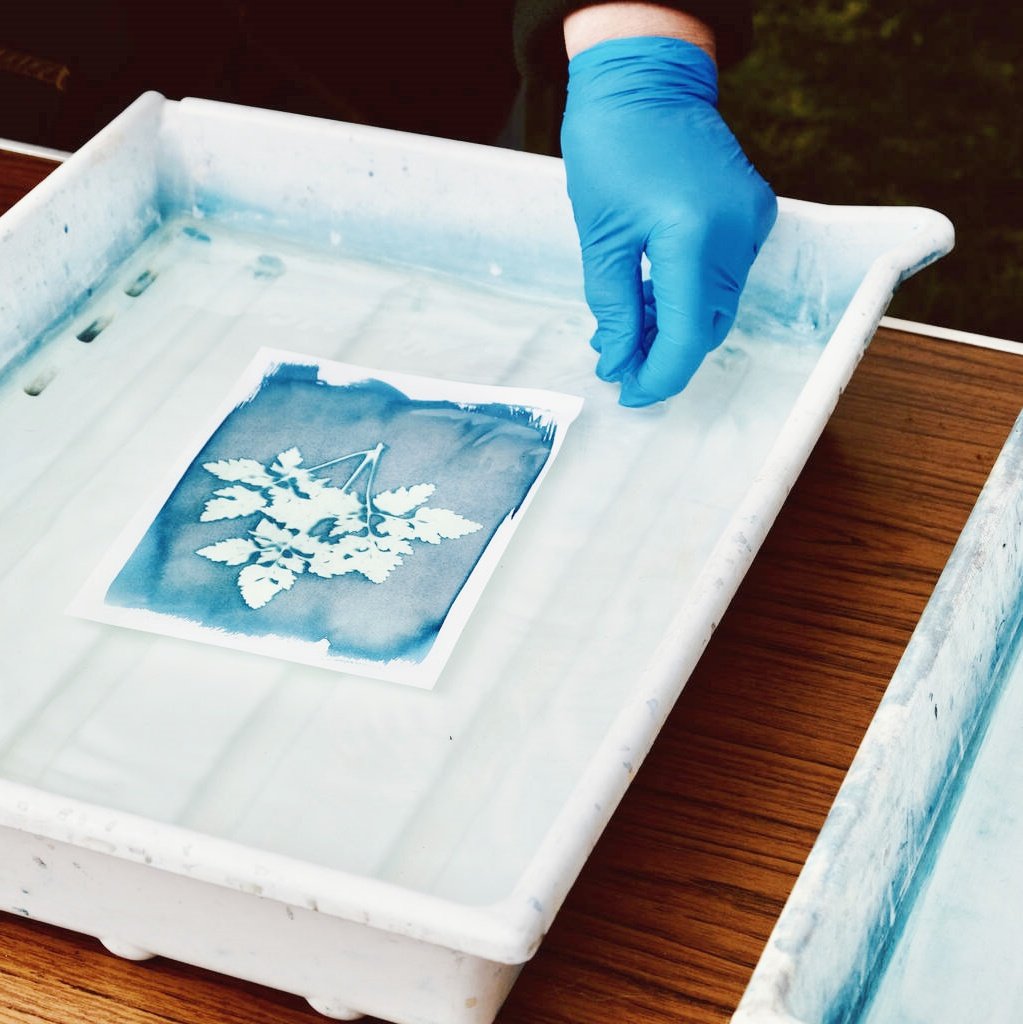In the world of inks, the selection and matching of colors are crucial. Especially in the field of screen printing, the compatibility of inks not only affects the printing effect but also relates to production efficiency and cost control. This article will delve into the compatibility of Safety Green Plastisol Ink with other colors or types of inks, helping you better choose and use inks to achieve the desired printing effects.
I. Basic Characteristics of Safety Green Plastisol Ink
Safety Green Plastisol Ink has occupied a place in the field of screen printing with its unique color charm and stable printing performance. It adopts environmentally friendly and non-toxic raw materials, exhibiting good adhesion and weather resistance, and can present a bright green on various materials. At the same time, its excellent fluidity and drying speed make the printing process smoother and improve production efficiency.
II. Compatibility with Ryonet White Plastisol Ink
Ryonet White Plastisol Ink is a common white ink on the market, renowned for its high opacity and excellent printing effects. When Safety Green Plastisol Ink is mixed with Ryonet White Plastisol Ink, unique color effects can be created. For example, by adjusting the ratio of the two inks, different shades of green can be prepared to meet diverse design needs.
In practical operations, we need to pay attention to the control of mixing ratios. Too much white ink may weaken the saturation of green, while too little may not achieve the desired color effect. Therefore, before mixing, it is recommended to conduct small-scale color tests to determine the optimal mixing ratio.
III. Compatibility with Sablon Plastisol Ink
Sablon Plastisol Ink is a special ink for heat transfer printing, featuring excellent heat stability and vibrant colors. Although Safety Green Plastisol Ink and Sablon Plastisol Ink differ in usage, they can be used together in certain specific situations.
For example, in projects requiring simultaneous screen printing and heat transfer printing, we can first use Safety Green Plastisol Ink for screen printing and then apply Sablon Plastisol Ink for heat transfer printing. This not only allows for a combination of multiple colors and patterns but also enhances the added value of the product.
However, it should be noted that due to differences in the formulations and properties of the two inks, mixing them may result in color changes or poor printing effects. Therefore, before mixing, sufficient testing and evaluation are recommended.
IV. Compatibility with Saddle Brown Plastisol Ink
Saddle Brown Plastisol Ink is a classic brown ink, favored for its subdued color and stable printing performance. When Safety Green Plastisol Ink is mixed with Saddle Brown Plastisol Ink, unique green and brown mixed effects can be created, adding more layers to the design.
In practical operations, we can adjust the ratio of the two inks to prepare different shades of green and brown mixed tones. This mixed tone is suitable not only for the printing of products such as clothing and toys but also for the production of promotional materials such as billboards and posters.
Similarly, the control of mixing ratios is crucial. Too much brown ink may darken the green, while too little may not achieve the desired color effect. Therefore, before mixing, it is recommended to conduct small-scale color tests to determine the optimal mixing ratio.
V. Compatibility with Safety Yellow Plastisol Ink
Safety Yellow Plastisol Ink is a bright yellow ink that forms a striking contrast with Safety Green Plastisol Ink in color. When the two inks are mixed, unique green-yellow tones can be created, adding more vitality to the design.
In practical operations, we can adjust the ratio of Safety Green Plastisol Ink and Safety Yellow Plastisol Ink to prepare different shades of green-yellow tones. This green-yellow tone is suitable for the printing of outdoor advertising, packaging materials, and other products, as well as for the production of children’s toys and stationery.
As with the previously mentioned mixed inks, the control of mixing ratios is important. Too much yellow ink may make the green too bright and glaring, while too little may not achieve the desired color effect. Therefore, before mixing, sufficient testing and evaluation are recommended.
VI. Compatibility with Other Types of Inks
Besides the inks mentioned above, Safety Green Plastisol Ink can also be mixed with other types of inks. For example, mixing it with water-based inks or UV inks can create unique color effects and textures. However, it should be noted that due to differences in formulations and properties among different types of inks, mixing them may result in color changes, slower drying speeds, or decreased adhesion.
Therefore, before mixing, sufficient testing and evaluation are recommended to determine the optimal mixing ratio and printing conditions. At the same time, attention should be paid to the storage and preservation of inks to avoid contamination or deterioration of different types of inks.
VII. Factors Affecting Compatibility
- Ink Formulation: Differences in formulations among different brands and models of inks directly affect their compatibility.
- Printing Conditions: Changes in printing temperature, pressure, speed, and other conditions also affect the compatibility of inks and printing effects.
- Material Selection: Different materials have varying ink absorption, surface tension, and other characteristics, which also affect the compatibility of inks.
- Mixing Ratio: The control of mixing ratios directly affects the final color effect and printing quality.
VIII. Methods to Improve Compatibility
- Choose Suitable Inks: When selecting inks, fully consider their formulations, properties, and uses to ensure compatibility.
- Optimize Printing Conditions: Adjust printing temperature, pressure, speed, and other conditions according to the characteristics of the inks and material selection to improve ink compatibility and printing effects.
- Conduct Sufficient Testing: Before mixing, it is recommended to conduct small-scale color tests and evaluations to determine the optimal mixing ratio and printing conditions.
- Pay Attention to Ink Storage and Preservation: Avoid contamination or deterioration of different types of inks to ensure ink quality and stability.
Conclusion
Safety Green Plastisol Ink, as a unique green ink, has broad application prospects in the field of screen printing. By mixing it with other colors or types of inks, diverse color effects and textures can be created to meet various design needs. However, in practical operations, we need to pay attention to the compatibility issue of inks. By selecting suitable inks, optimizing printing conditions, conducting sufficient testing, and paying attention to ink storage and preservation, we can improve ink compatibility and printing effects. Only in this way can we fully leverage the potential of Safety Green Plastisol Ink and bring more innovation and value to the printing industry.


